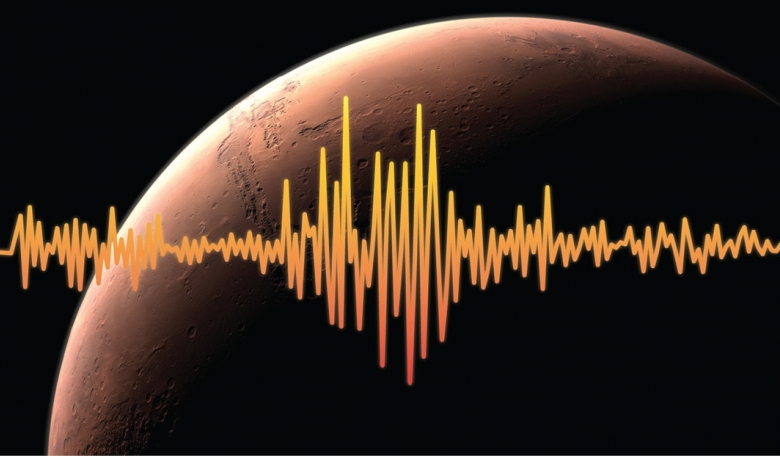NASA’s InSight spacecraft is on its way to Mars on a mission to study the red planet from the inside out. Its primary objective is to monitor Mars’ internal workings, not only to help understand more about one of our closest neighbours but also to help scientists understand the formation and early evolution of all rocky planets, including Earth. The mission also carries for the first time ever two interplanetary CubeSats that will act as ‘bring-your-own’ data relays for InSight’s crucial and inherently dangerous landing phase.
The latest probe currently heading to Mars is a lander that aims to live up to its name by investigating the red planet like no other mission has done before it. NASA’s InSight (Interior Exploration using Seismic Investigations, Geodesy and Heat Transport) spacecraft will peer deep into Mars’ interior using three main research techniques to give scientists an unprecedented look at how Mars formed the way it did.
Known as SEIS (Seismic Experiment for Interior Structure), RISE (Rotation and Interior Structure Experiment) and HP3 (Heat Flow and Physical Properties Probe), these instruments will learn more about the levels of tectonic activity which manifest as waves or pulses that rumble throughout the planet, its perturbations as it travels around the Sun, and finally its heat flow rates that will signify how fast the energy within the core is diminishing.














